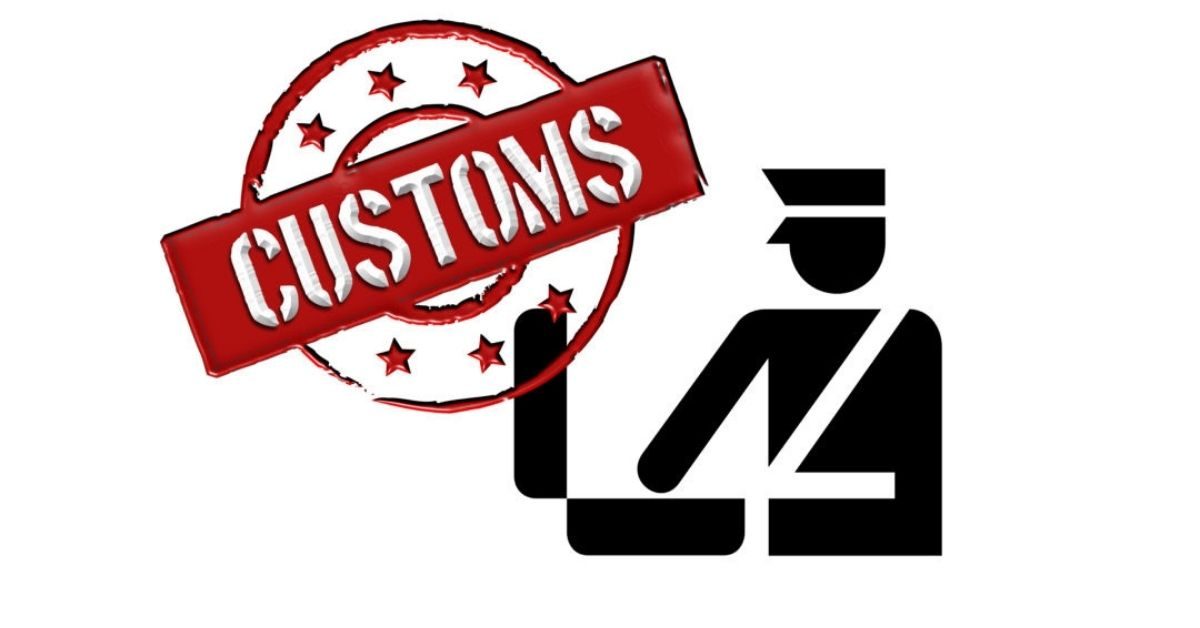Customs sleuths get a free hand to assess real worth of goods even after port clearance of imports and exports under new guidelines meant for preventing revenue leaks, officials say.
Businesses fear it would further slow production and trade process and thus cut down industrial throughput, as Bangladesh Customs issued a manual with provision for auditing businesses under more than 200 criteria on their import-export activities after port clearance.
The manual has been drafted for the first time to guide customs officials in conducting post-clearance audit (PCA) in a bid to realise the evaded duty-taxes without procedural lapses.
The customs wing of the National Board of Revenue (NBR) allows speedy customs clearances of a number of goods and raw materials.
However, many of the importers, including Authorized Economic Operator (AEO), transit and transshipment importers have to go through PCA under a provision in the Customs Act 1969.
Senior customs officials and customs specialist of USAID have framed the PCA manual with instructions, relevant forms, formats.
Officials have said implementation of PCA was facing hindrances due to absence of a manual to guide customs officials. So, the customs wing issued the Customs PCA Manual 2023 on Saturday.
Dr Md Neyamul Islam, who was convener of Transaction-based and System-based PCA manual draft-finalization committee and also First Secretary, Customs, says customs officials would be able to conduct system-based PCA of large businesses from now on following the guidebook.
Under National Single Window (NSW) project, customs has already purchased software (Arms) for Tk 1.0 billion for conducting the system-based audit, he said.
The manual has provided detailed instructions on both transaction-based and system-based PCA.
“Though the manual has incorporated more than 200 audit criteria, customs officials would audit as per their capacity and risk-management methods,” he says.
The manual has been prepared following guidelines of the World Customs Organization (WCO).
The audit has to be completed within the stipulated timeframe as per manual.
Md Nooruzzaman, Senior Research Associate of Business Initiative Leading Development (BUILD), says the PCA manual has included many areas under audit which may cause “harassment and delay in manufacturing process of businesses”.
He said under WCO protocol, international best practices for audit ranges from 5.0 to 7.0 per cent for PCA which needs to be followed in the manual.
“Trade facilitation and simplification of business operations are the main objective of PCA which might be hampered if a vast range of areas comes under audit,” he added.
However, Mr Islam of the PCA-drafting team said the manual could be amended any time as it is not difficult if the necessity of law amendments in case of any complexity over its implementation arises.
The risk-factors that customs official has to be considered for auditing include volume of import-export, vulnerability of revenue leakage, previous records of irregularities, volume of tax rebate, abuse of bonded-warehouse facility, nature of businesses–importer, exporter or manufacturer–and industries receiving incentives.
Importers-exporters might also be subject to PCA on the basis of their irregular export-import, frequent misdeclaration, import under different HS codes, one-time or first-time importers or exporters.
In case of payment of less Total Tax Incidence (TTI) of abnormally high-value products, having transaction value less than or equal to shipping and transportation cost, equal value of products and its raw materials, higher packaging value than that of unit value, use of other currency than that of exporting country’s one, abnormal differences between declared value and international market prices of import products, non-compliance with customs assessment rules in customs declaration, high or low value of transaction with lesser or higher amount of TTI etc, the customs would consider PCA.
Risk-management commissionerate or Customs Valuation and internal Audit Commissionerate would select the Authorized Economic Operator (AEO) or risk-based businesses or individuals using the automated Customs Computerized System (CCS).
A wide area of audit criteria has been set for system-based PCA, including products having previous record of tax evasion in audit, abnormally low revenue receipt compared to previous financial year or compared to that of economic activity, goods having both export and local sale, inconsistencies between imported goods and nature of business etc.
Initially, customs officials would assess bill of entry, bill of export, database and risk management or intelligence unit’s statistics for PCA.
However, data would also be used from websites of international organizations such as the WCO, the World Trade Organization, the UN or other international trade portals.
For transaction-based audit, customs officials would get five consecutive working days for taking preparation, 20 working days for audit and five working days for preparation of audit reports.
To audit Enterprise Resource Planning (ERP) software-user companies, customs officials would collect sales, production, procurement, distribution, and accounting data from the software to cross-match with bill of entry.
From financial accounting, management accounting and manufacturing, supply-chain management, order-processing modules of the ERP, the customs would compile relevant data for auditing.
The Authorized Economic Operator would mainly go through system-based audit in case of checking accuracy of HS code for large volume and high-priced product, data in own database, software, supply-chain module of the company, verifying use of raw materials to manufacture finished goods and its taxes.







